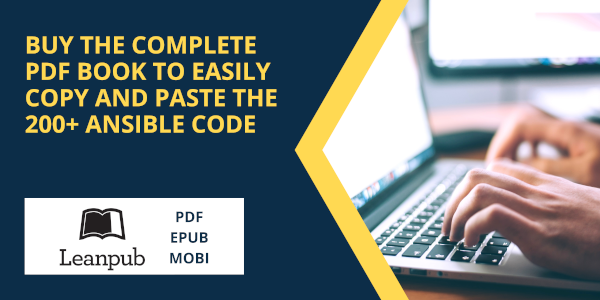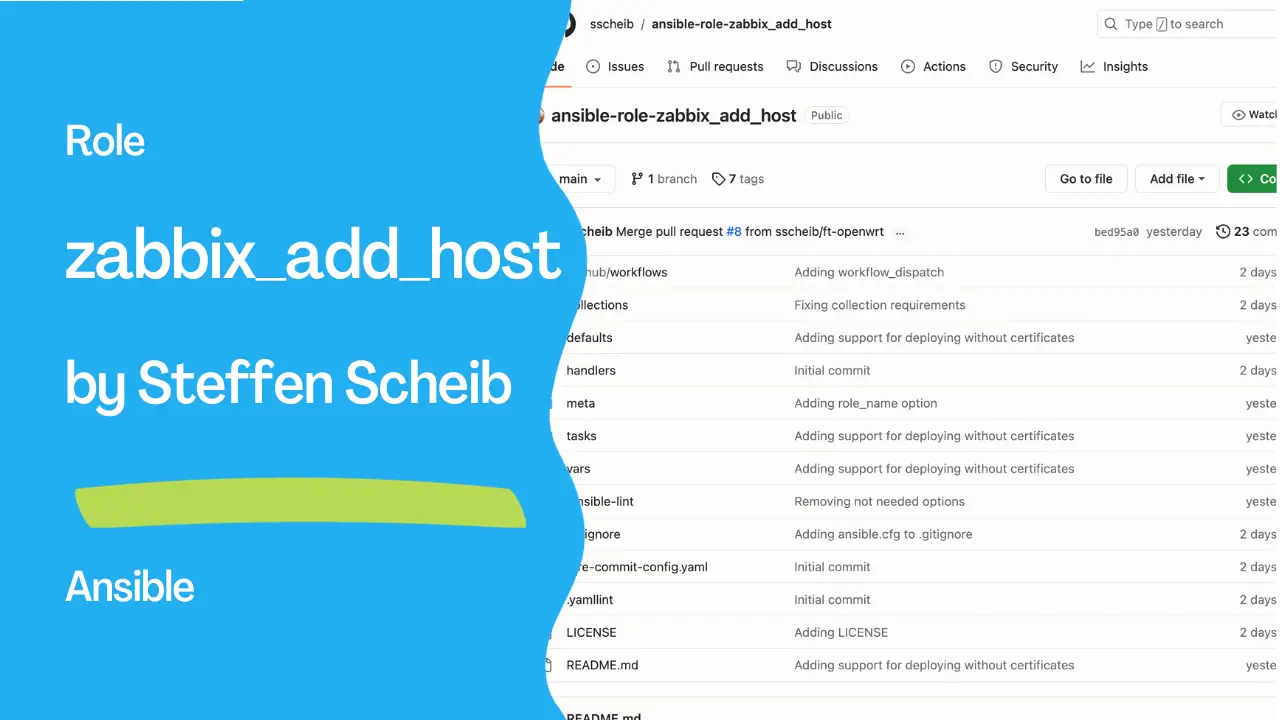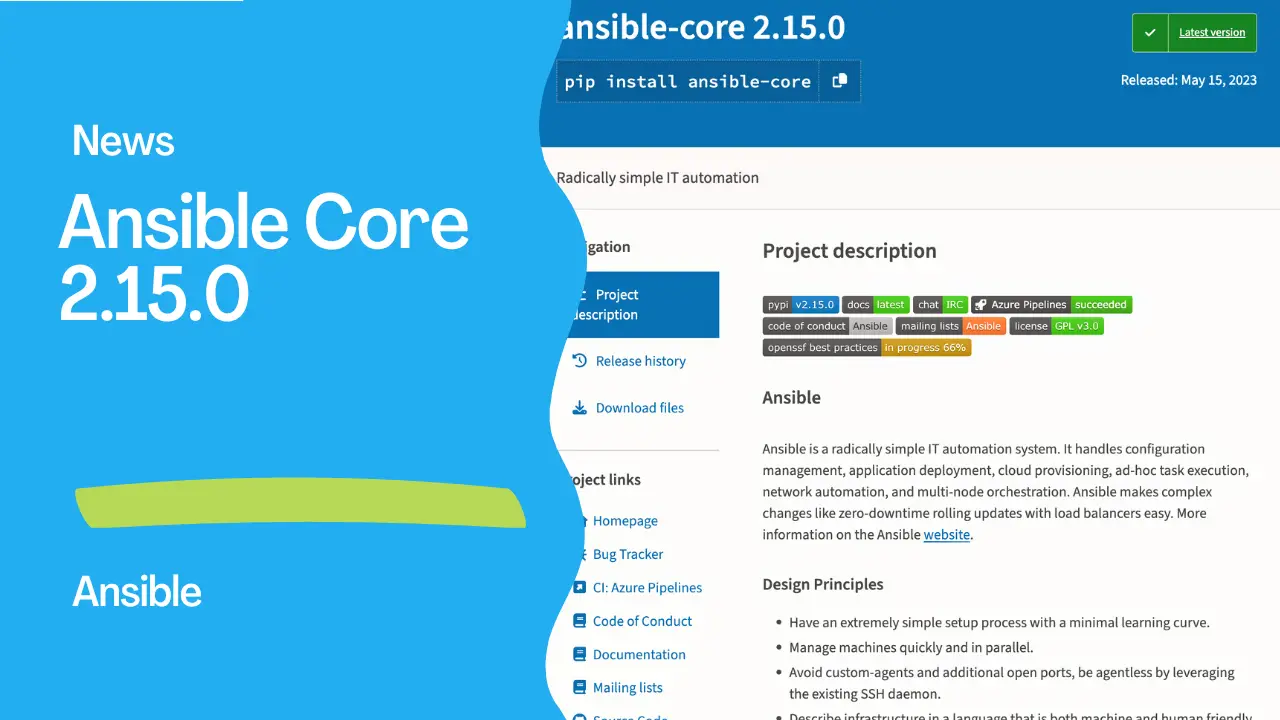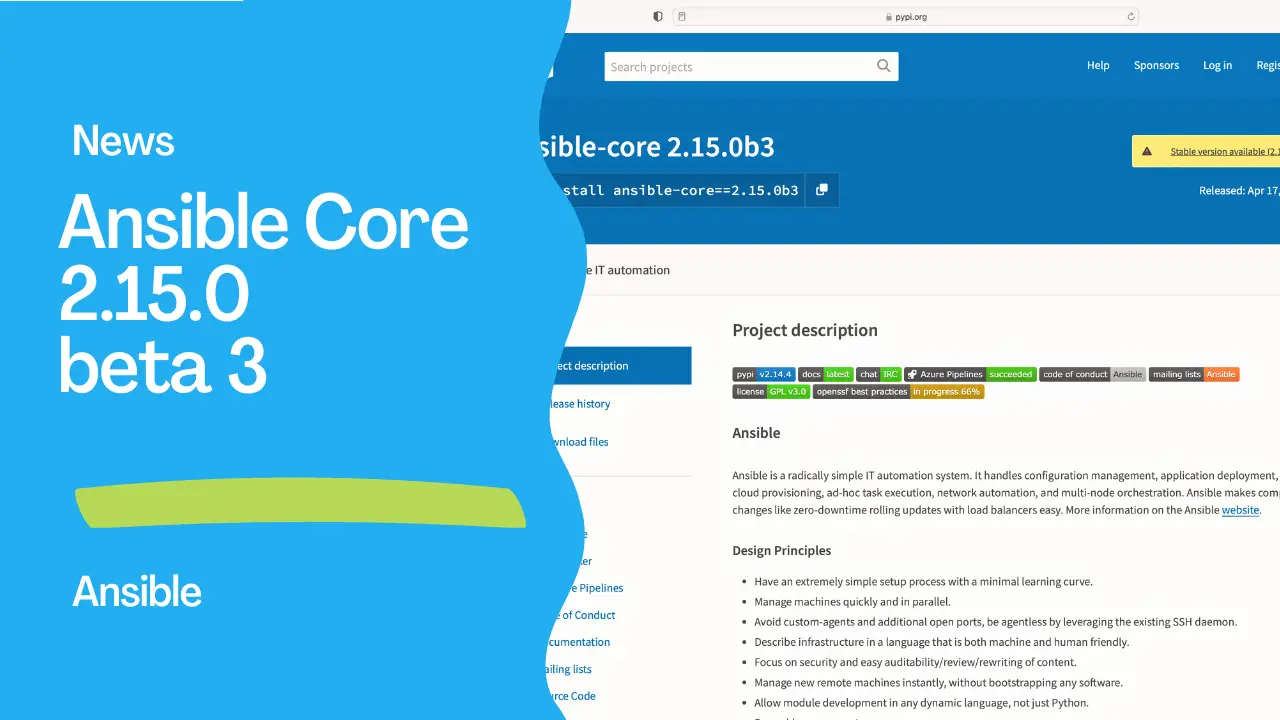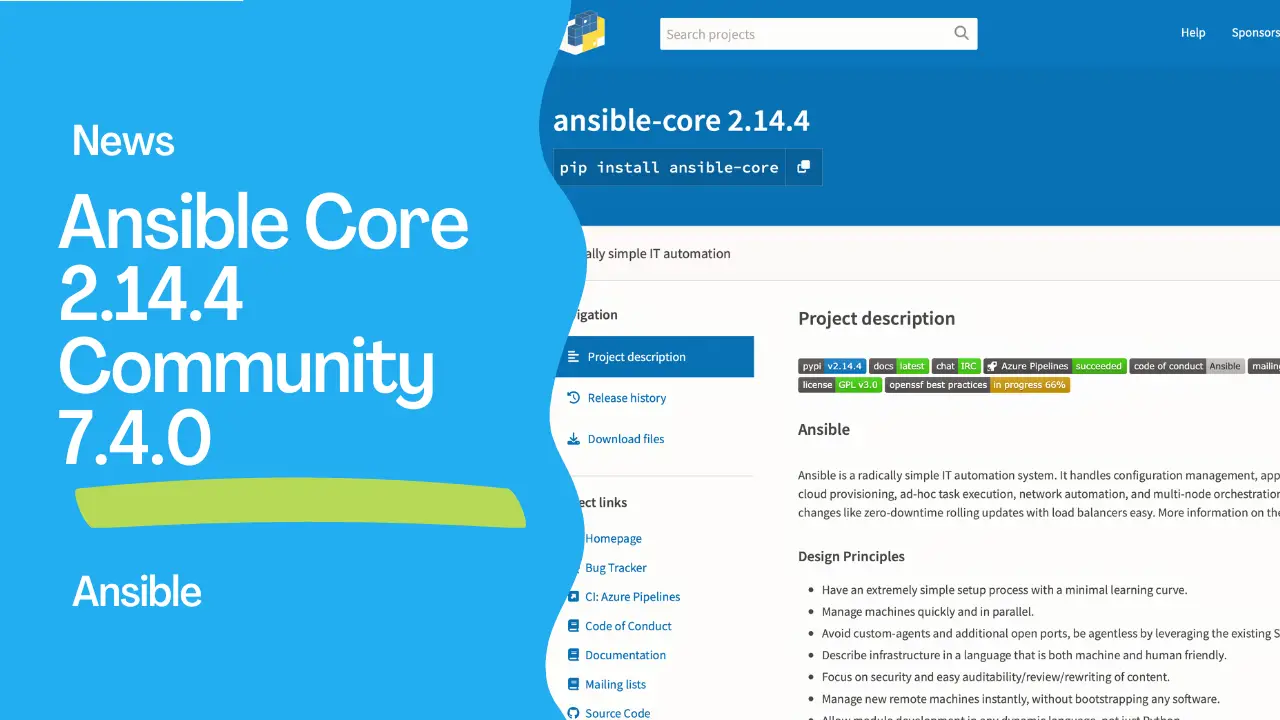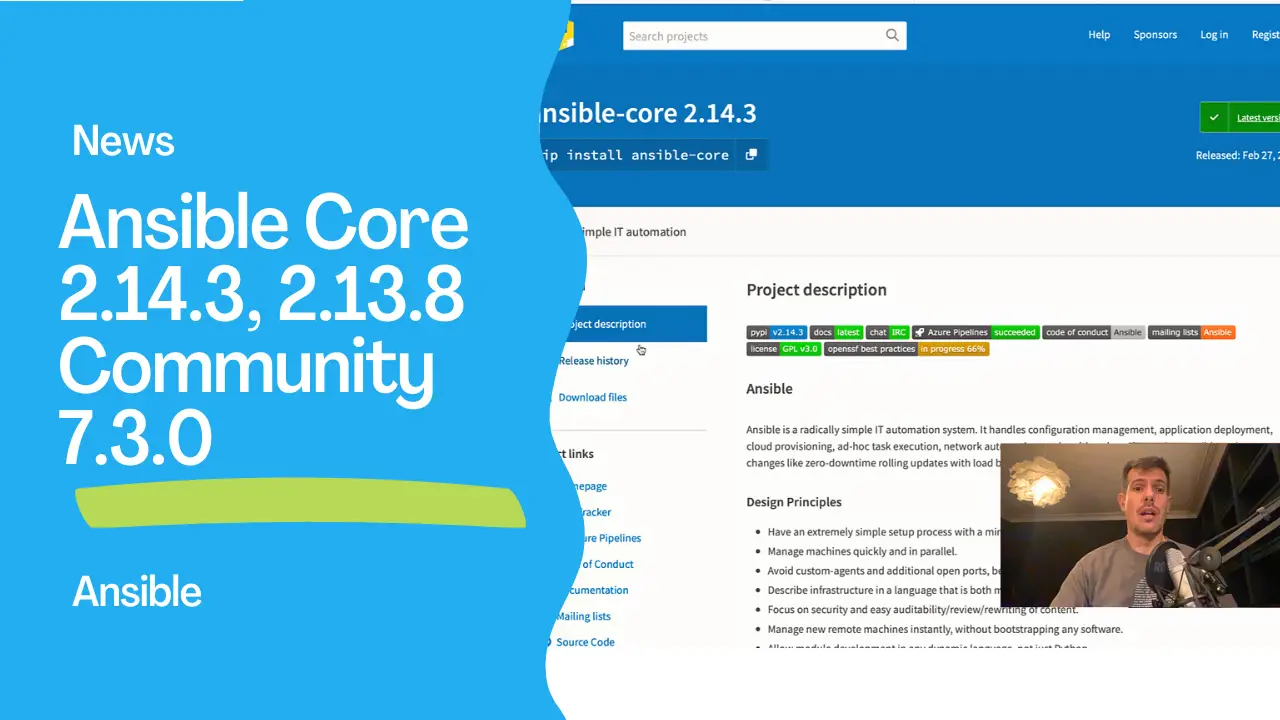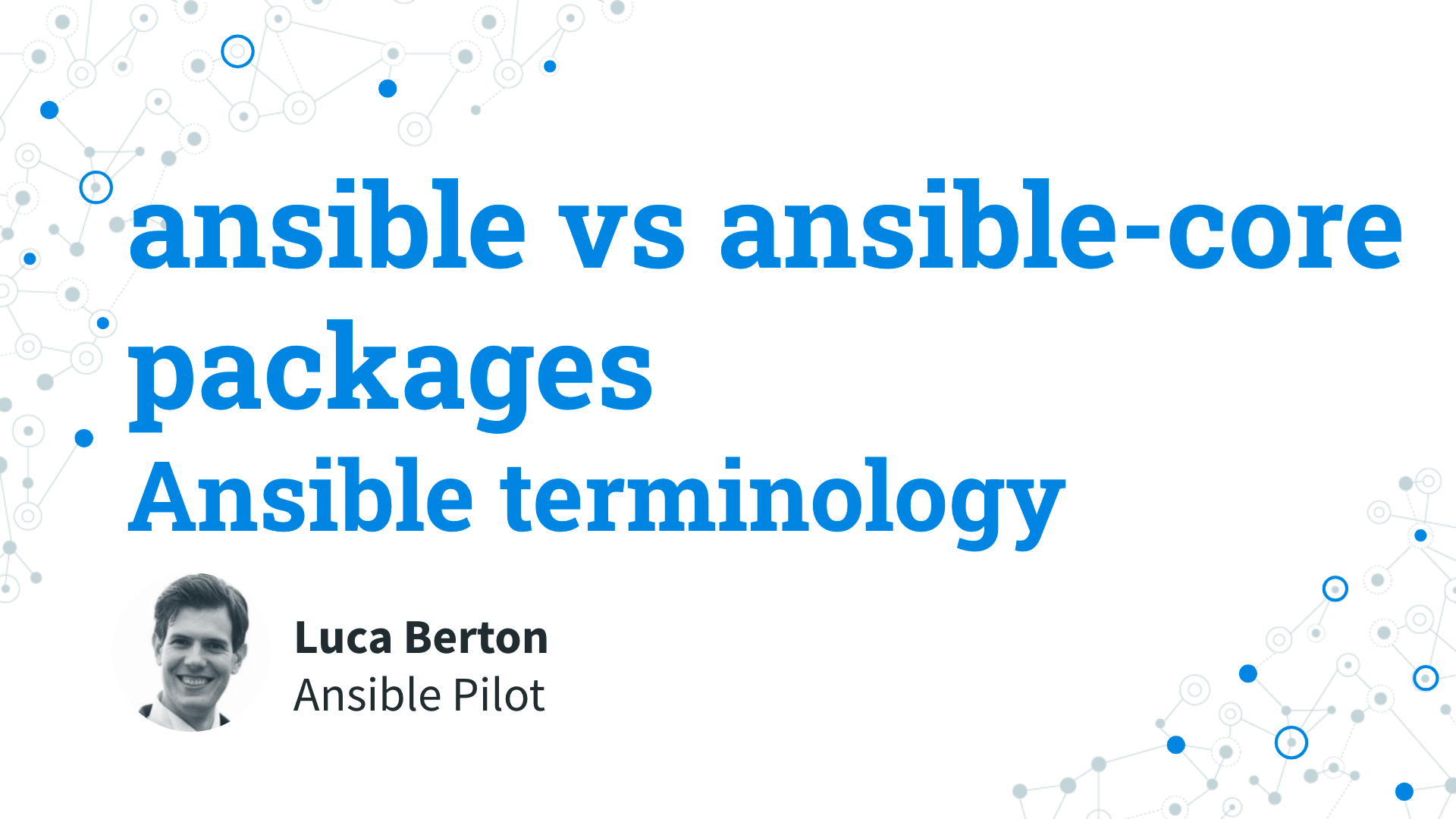Five Reasons for Upgrading to Ansible Core 2.14 or Ansible Community 7.0
From the user perspective, upgrading to the Ansible Core 2.14 release in your organization is pushing the Future of Automation!

Introduction
In the ever-evolving landscape of IT infrastructure management and automation, staying up-to-date with the latest tools and technologies is essential. One such tool, Ansible, has been a cornerstone for many IT professionals, simplifying tasks and streamlining operations. With the release of Ansible 2.14, there are compelling reasons to consider migrating from previous Ansible versions. In this article, we will explore the major changes and advantages of making this migration.
1. Improved Handler Processing
Ansible’s architecture is designed to be flexible and efficient, ensuring that tasks and actions are executed in the right sequence. One significant change in Ansible 2.14 is the enhancement of handler processing. Handlers are essential for executing specific tasks after playbook execution. With this migration, handler processing has been moved into a new “PlayIterator” phase. This allows you to use the configured strategy more effectively, ensuring that actions are executed in the correct order. The result is more precise and efficient post-playbook processing.
2. Python 3.9 Compatibility
The backbone of Ansible is Python, and staying current with Python versions is crucial for both security and performance. Ansible 2.14 raises the minimum Python requirement to Python 3.9 for CLI utilities and controller code. This ensures that Ansible is compatible with the latest Python versions, taking advantage of performance improvements and security updates. Keeping your Python environment up-to-date is essential for maintaining a robust and reliable automation framework.
3. UTF-8 Encoding and Locale Verification
Character encoding and locale settings might seem like trivial details, but they play a significant role in ensuring smooth and consistent operation. In Ansible 2.14, these settings are checked and verified at startup. If your system’s encoding or locale settings are not correctly configured as UTF-8, the process exits with an error message. This small change can prevent potential issues related to character encoding, ensuring that your automation tasks run seamlessly across different environments.
4. Minor Enhancements
While major changes often grab the spotlight, it’s the minor enhancements that contribute to an improved user experience. Ansible 2.14 introduces several minor improvements:
- Support for JSON Module Options: Ansible 2.14 allows you to parse module options as JSON, not just key-value arguments. This flexibility can simplify the passing of complex data to modules, making your playbooks more versatile.
- Kylin Linux Support: The addition of Kylin Linux Advanced Server OS to the RedHat OS Family enhances the range of supported operating systems. This expansion can be particularly beneficial for organizations working in diverse environments.
- Conditionals with
flush_handlers: Ansible 2.14 enables you to use “when” conditionals with “flush_handlers.” This means you can control the execution of handlers based on specific conditions, adding flexibility to post-playbook actions.
5. Other Enhancements
Apart from the major changes and minor improvements, Ansible 2.14 introduces a variety of enhancements and updates that contribute to a more efficient and reliable automation framework. Some of these include:
- Support for Python 3.11: Keeping pace with the latest Python versions, Ansible 2.14 adds support for Python 3.11, ensuring compatibility and performance improvements.
- Enhanced Error Handling: Better error reporting and handling of exceptions in various modules lead to a more robust automation framework, making it easier to identify and resolve issues.
- Improved Configuration Options: The update brings enhanced configuration options, giving you better control over tasks and actions. This empowers you to fine-tune your automation workflows to meet specific requirements.
Conclusion
Migrating to Ansible 2.14 from previous Ansible versions is more than just an update; it’s an investment in improved performance, compatibility with the latest Python versions, enhanced error handling, and an array of other improvements and bug fixes. Ansible 2.14 is not just an update; it’s a leap forward in making Ansible a more robust and user-friendly tool for managing and automating IT infrastructure and operations.
In the ever-changing world of IT automation, staying current is essential. Ansible 2.14 ensures that you can leverage the full potential of this powerful tool, simplifying your tasks and making IT operations more efficient and effective. If you haven’t already, now is the time to consider migrating to Ansible 2.14 and embracing the future of IT automation.
Subscribe to the YouTube channel, Medium, and Website, X (formerly Twitter) to not miss the next episode of the Ansible Pilot.Academy
Learn the Ansible automation technology with some real-life examples in my
My book Ansible By Examples: 200+ Automation Examples For Linux and Windows System Administrator and DevOps
Donate
Want to keep this project going? Please donate
